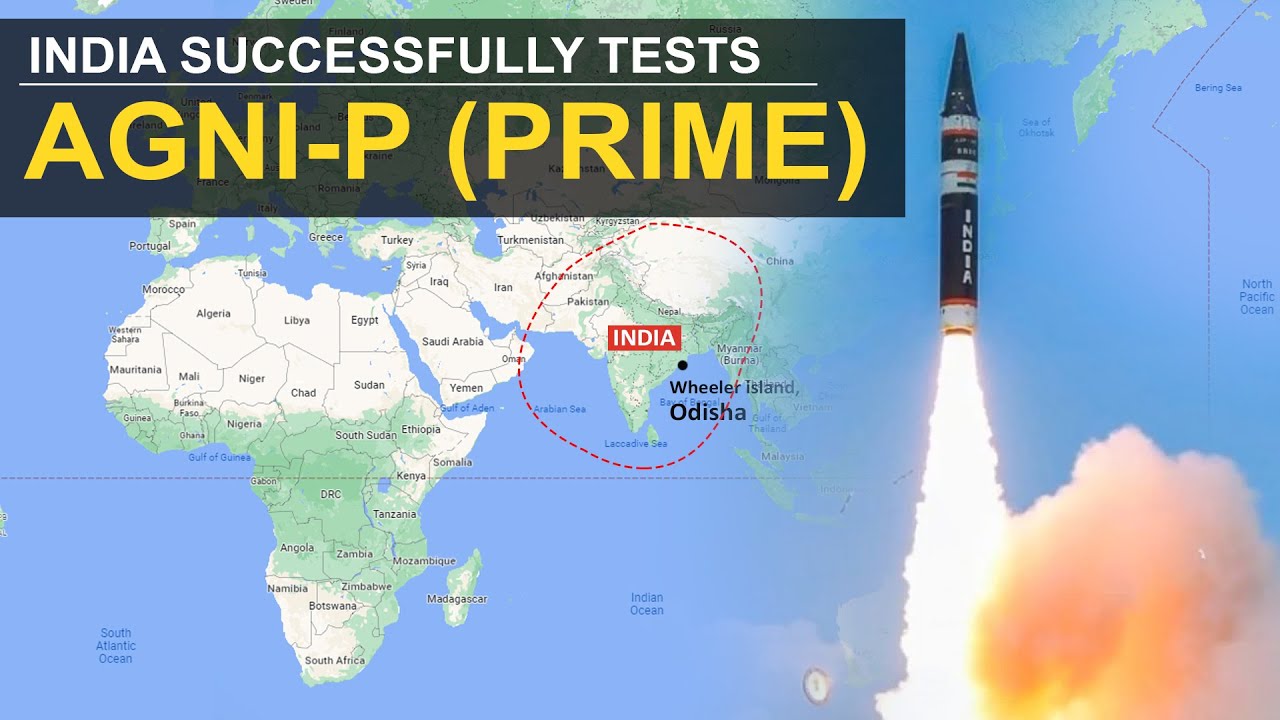Cyclone Remal
Context:
The Prime Minister chaired a meeting to review the preparedness for cyclone “Remal” over the North Bay of Bengal.
About Cyclone Remal
Overview:
Name Origin: 'Remal' given by Oman, meaning 'sand' in Arabic.
Significance: First cyclone to hit the region in the 2024 pre-monsoon season.
Origin: Bay of Bengal (BoB).
Factors Contributing to the Formation:
Depression: Formation over the central Bay of Bengal characterized by low pressure, circulating winds, and atmospheric instability.
Warm Water: The Bay of Bengal has water temperatures 2–3°C warmer than average, providing the necessary energy for cyclones to form and intensify.
Madden Julian Oscillation: A band of clouds moving eastward, influencing cyclone formation due to rotational effects.
Potential Impact:
Sundarbans Region: If the cyclone makes landfall on the Indian coast, it could coincide with high tide, leading to partial damage to the fragile ecosystem.
Geographical Factors: Shallow bathymetry and funnel-shaped geography of the northern Bay of Bengal can amplify cyclone intensity, increasing storm surge and flooding risks.
What are Tropical Cyclones?
Tropical Cyclones are violent storms that originate over oceans in tropical areas and move over to coastal areas bringing about large-scale destruction caused by violent winds, very heavy rainfall and storm surges.
These are low pressure weather systems in which winds equal or exceed speeds of 62kmph.
Winds circulate around in anti-clockwise direction in the Northern Hemisphere and in clockwise direction in the Southern Hemisphere.
“Tropical” refers to the geographical origin of these systems, which form almost exclusively over tropical seas.
“Cyclone” refers to their winds moving in a circle, whirling round their central clear eye, with their winds blowing counterclockwise in the Northern Hemisphere and clockwise in the Southern Hemisphere.
The opposite direction of circulation is due to the Coriolis effect.
Tropical Cyclones in India
Tropical cyclones striking India generally originate in the eastern side of India.
Bay of Bengal is more prone to cyclones than Arabian Sea because it gets high sea surface temperature, low vertical shear winds and has enough moisture in the middle layers of its atmosphere.
The frequency of cyclones in this region is bi-modal, i.e Cyclones occur in the months of May–June and October–November.
Conditions for cyclone formation:
A warm sea surface (temperature in excess of 26o –27o C) and associated warming extending up to a depth of 60m with abundant water vapour.
High relative humidity in the atmosphere up to a height of about 5,000 metres.
Atmospheric instability that encourages the formation of cumulus clouds.
Low vertical wind between the lower and higher levels of the atmosphere that do not allow the heat generated and released by the clouds to get transported from the area.
The presence of cyclonic vorticity (rate of rotation of air) that initiates and favours rotation of the air cyclonically.
Location over the ocean, at least 4–5 o latitude away from the equator.
How are Tropical Cyclones Formed?
Tropical cyclones typically form over large bodies of relatively warm water. Warm water >
Evaporation > Rising up of air > Low Pressure area.
They derive their energy through the evaporation of water from the ocean surface, which ultimately re-condenses into clouds and rain when moist air rises and cools to saturation.
Water takes up heat from the atmosphere to change into vapour.
When water vapour changes back to liquid form as raindrops, this heat is released to the atmosphere.
The heat released to the atmosphere warms the air around.
The air tends to rise and causes a drop in the pressure.
More air rushes to the centre of the storm.
This cycle is repeated.
Why tropical cyclones don’t form in the eastern tropical oceans?
The depth of warm water (26-27°C) should extend for 60-70 m from the surface of the ocean/sea, so that deep convection currents within the water do not churn and mix the cooler water below with the warmer water near the surface.
The above condition occurs only in western tropical oceans because of warm ocean currents (easterly trade winds push ocean waters towards west) that flow from east towards west forming a thick layer of water with temperatures greater than 27°C. This supplies enough moisture to the storm.
The cold currents lower the surface temperatures of the eastern parts of the tropical oceans making them unfit for the breeding of cyclonic storms.
ONE EXCEPTION: During strong El Nino years, strong hurricanes occur in the eastern Pacific. This is due to the accumulation of warm waters in the eastern Pacific due to weak Walker Cell.
Names of Tropical Cyclones
Depending on its location and strength, a tropical cyclone is referred to by different names:
Cyclones in the Indian Ocean
Hurricanes in the Atlantic
Typhoons in the Western Pacific and the South China Sea
Willy-willies in Western Australia
Structure of the Tropical Cyclone
Tropical cyclones are compact, circular storms, generally some 320 km (200 miles) in diameter, whose winds swirl around a central region of low atmospheric pressure.
The winds are driven by this low-pressure core and by the rotation of Earth, which deflects the path of the wind through a phenomenon known as the Coriolis force.
As a result, tropical cyclones rotate in a counter clockwise (or cyclonic) direction in the Northern
Hemisphere and in a clockwise (or anticyclonic) direction in the Southern Hemisphere.
The Eye: A characteristic feature of tropical cyclones is the eye, a central region of clear skies, warm temperatures, and low atmospheric pressure. Typically, atmospheric pressure at the surface of Earth is about 1,000 millibars.
The Eyewall: The most dangerous and destructive part of a tropical cyclone is the eyewall. Here winds are strongest, rainfall is heaviest, and deep convective clouds rise from close to Earth’s surface to a height of 15,000 metres.
Rainbands: These bands, commonly called rainbands, spiral into the centre of the storm. In some cases the rainbands are stationary relative to the centre of the moving storm, and in other cases they seem to rotate around the centre.
Landfall, what happens when a Cyclone reaches land from the ocean?
Tropical cyclones dissipate when they can no longer extract sufficient energy from warm ocean water.
A storm that moves over land will abruptly lose its fuel source and quickly lose intensity.
A tropical cyclone can contribute to its own demise by stirring up deeper, cooler ocean waters tropical cyclone can contribute to its own demise by stirring up deeper, cooler ocean waters.
Cyclone Management in India
India is highly vulnerable to natural disasters especially cyclones, earthquakes, floods, landslides, and drought.
Natural disasters cause a loss of 2% of GDP every year in India. According to the Home ministry, 8% of the total area in India is prone to cyclones. India has a coastline of 7,516 km, of which 5,700 km are prone to cyclones of various degrees.
Loss due to cyclones: Loss of lives, livelihood opportunities, damage to public and private property and severe damage to infrastructure are the resultant consequences, which can disrupt the process of development
Indian Meteorological Department (IMD) is the nodal agency for early warning of cyclones and floods.
The Natural Disaster Management Authority is mandated to deal with disaster management in India. It has prepared National Guidelines on the Management of Cyclones.
The National Cyclone Risk Mitigation Project (NCRMP) was launched by the Home Ministry to upgrade the forecasting, tracking and warning about cyclones in states.
National Disaster Response Force (NDRF) has done a commendable performance in rescuing and managing relief work.
National Disaster Response Reserve (NDRR)– a fund of 250 crores operated by NDRF for maintaining inventory for an emergency situation.
In 2016, a blueprint of the National Disaster Management Plan was unveiled to tackle disaster. It provides a framework to deal with prevention, mitigation, response and recovery during a disaster.
According to the plan, the Ministry of Earth Science will be responsible for the disaster management of cyclones. By this plan, India joined the list of countries which follow the Sendai Framework for Disaster Risk Reduction 2015-2030.
Due to increased awareness and tracking of Cyclone, the death toll has been reduced substantially. For example, Very severe cyclones Hudhud and Phailin claimed the lives of around 138 and 45 people respectively, which might have been more. It was reduced due to the early warning and relocation of the population from the cyclone-hit areas. Very severe cyclone Ockhi claimed many lives of people in Tamil Nadu and Kerala. This was due to the unprecedented change in the direction of the cyclone.
But the destruction of infrastructure due to cyclonic hits has not been reduced which leads to an increase in poverty due to the economic weakening of the affected population.
……………………………….



.jpg)
.jpg)
.jpg)
.jpg)
.jpg)
.jpg)


.jpg)

.jpg)
